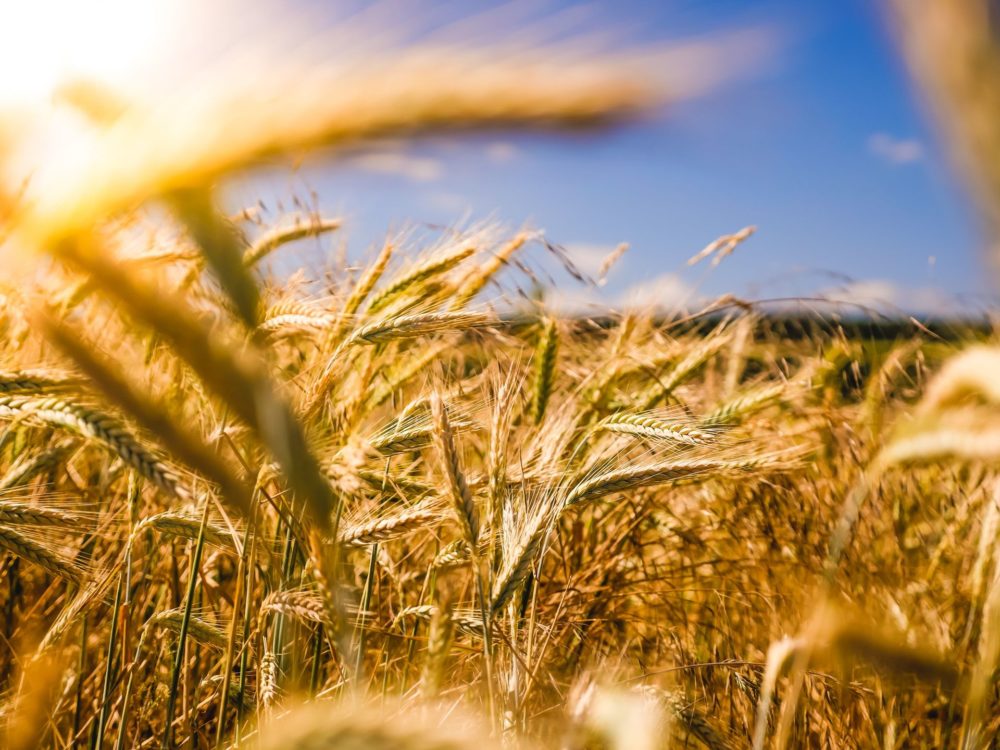“We have to grow more food in the next 30 years than in the previous 10,000, and we need new answers.” That was the summary from David Farquhar, CEO of indoor agtech startup Intelligent Growth Systems (IGS), speaking at an event on climate-smart innovation on the sidelines of the COP26 summit this week [disclosure: AgFunder, AFN‘s parent company, is an investor in IGS.]
The event featured a discussion — between US Secretary of Agriculture Tom Vilsack, Debbie Stabenow, chairwoman of the US Senate Committee on Agriculture, Nutrition, and Forestry, and S2G Ventures managing director Sanjeev Krishnan — on how innovation could provide those “new answers,” and what role governments can play.
Vilsack kicked off by announcing that the US Department of Agriculture (USDA) is investing $25 million across 18 climate-smart innovation projects for food and agriculture. While he didn’t give further details during the talk, he said the $25 million is “one small part of a larger focus of the government’s on ag innovation.”
The main mission of innovation, he added, should be about reducing the financial risk that farmers face when they consider new tools and practices that can build up climate change resilience.
Around 90% of farms in the US today don’t generate the majority of the income earned by the families operating them, Vilsack said. Asking them to take on, say, a digester, or to adopt new conservation practices, will inevitably raise the question of costs and financial risks to those families.
Productive and sustainable
Vilsack spoke of what he called “a false choice” when it comes to ag innovation. Many, he said, believe you can either be “sustainable” or you can be “productive,” but not both.
“I think we can be both,” he continued, “in a traditional sense, in fields across the globe, and in ‘new age’ agriculture — for example, vertical farming — as well.”
He and Stabenow agreed that one of the major reasons more government investment is needed in ag innovation is to build up a more resilient food system, both in the US and worldwide, given the continued supply chain disruptions brought on by the Covid-19 pandemic.
“We need more than four meat processing operations in the US,” said Stabenow, by way of example, pointing to the mass consolidation of the meat packing industry. “We need local, we need regional, we need [to build] resiliency in our systems and be able to address things more from a local standpoint. So there is an important role for policy and for funding,” she said.
“We have been incredibly productive with our agriculture; we’ve been incredibly efficient, but we weren’t resilient,” Vilsack added. “And the pandemic basically proved that, and what we have to do is sacrifice just a bit of that efficiency for greater resiliency.”
You do this, he said, by creating a dual system that connects local and regional food systems. “The investment that the senator put in the America Rescue Plan is going to allow us to create the infrastructure, the technical assistance, [and] capacity infrastructure, to be able to steer people into creating their local regional food system.”
Some of the specific things Vilsack and Stabenow called out as areas ripe for more government investment include conservation, organic production, carbon sequestration, turning methane into bio-gas and bio-energy, to name a few.
Conservation and carbon
They also discussed the importance of the Build Back Better Act, President Biden’s infrastructure bill which passed a key procedural vote in the US House of Representatives over the weekend and now awaits a final vote. Overall agricultural funding for the bill includes billions of dollars for conservation programs intended to help farmers adopt climate-smart practices.
For example, it includes $2.5 billion to grants that support tree planting, which Stebnow highlighted as a nature-based climate solution because of its role in carbon sequestration. “Try growing a tree,” she said at the COP26 talk. “That’s what takes carbon out of the atmosphere, and if you grow 1,000 trees, you take even more out.”
In a separate article Stebnow recently penned for The Hill, she noted that “One key solution, too often overlooked, is already here — in the land under our feet and the trees that surround us. Farmers, ranchers and foresters are uniquely positioned to address the crisis head-on through climate-smart stewardship.”
Surprisingly absent from the conversation was the subject of carbon credits, specifically. While many innovators and farmers are moving ahead with the creation of a carbon credit marketplace for agriculture, policy will no doubt shape the future and many are waiting on the sidelines to see what direction it will take.




